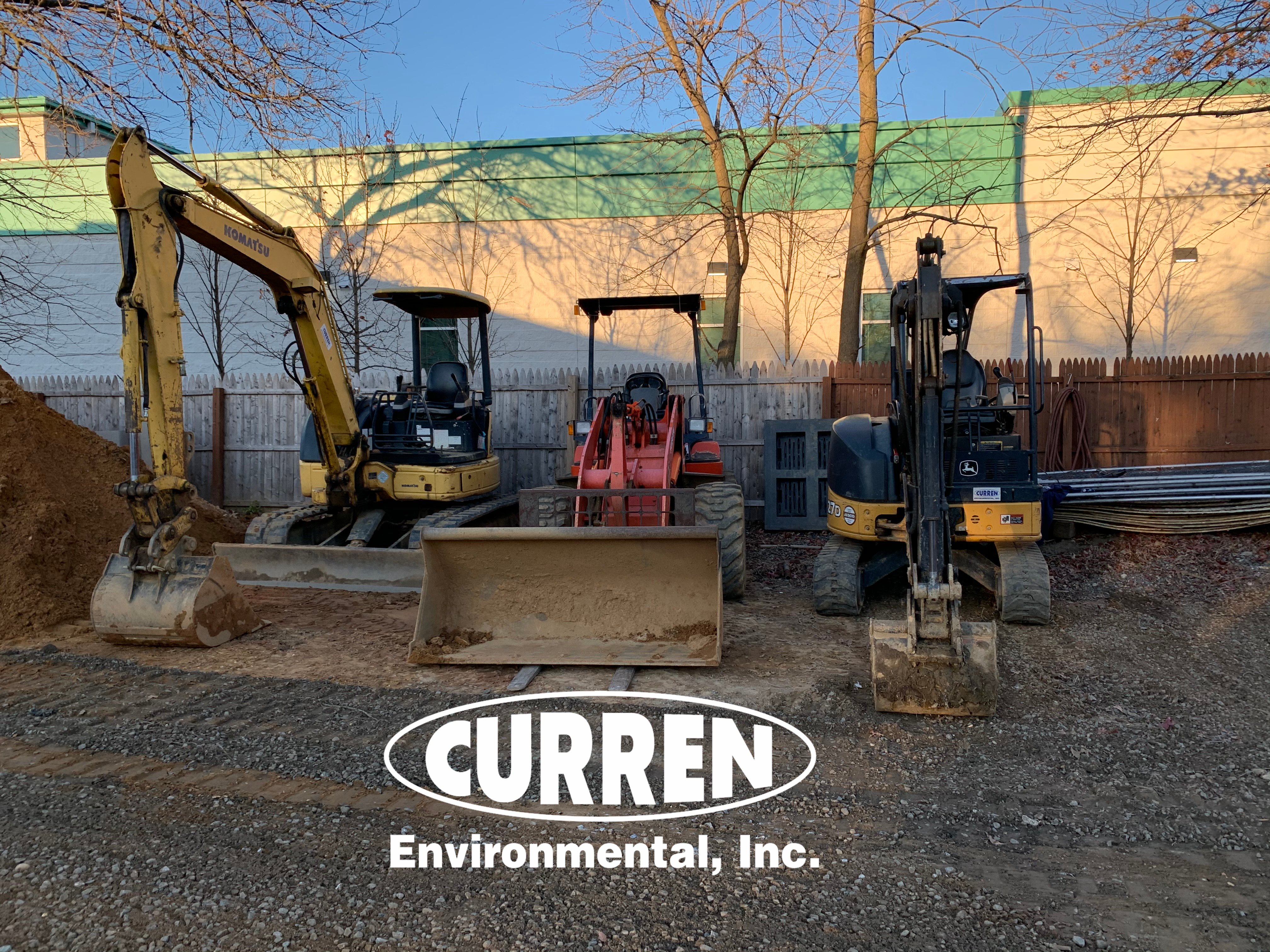Pennsylvania Delaware Oil Tank Sweep
Abandoned underground oil tanks can be left undetected on a property for years and be passed from owner to owner. Regardless, once a tank is found the property owner has to deal with it.
Discovering that you have a buried tank, removing it and finding out you have to spend tens of thousands of dollars to clean it up an oil leak is not what you would call good news, and you never used oil heat!

Risks Associated with Abandoned Underground Oil Tanks
The risk is the tank leaks and you have to cleanup the oil contamiantion. Cleaningup an oil tank leak is akin to cutting out a cancer, you excavte contamianted soils, like the photo below.

Caveat Emptor, buyer beware. Environmental regulations from the 1970’s placed the responsibility for environmental cleanup on the property owner, not necessarily the entity that caused the contamination.
Expert Advice
888-301-1050
The largest concentration of oil heat usage was the Northeastern United States. New Jersey, Pennsylvania & Delaware (our tri state service area) contain tens of thousands of homes with hidden buried underground metal storage tanks. An oil tank sweep is the best way to locate buried oil tanks before you buy or sell a property. that you may or not be aware of in your yard.
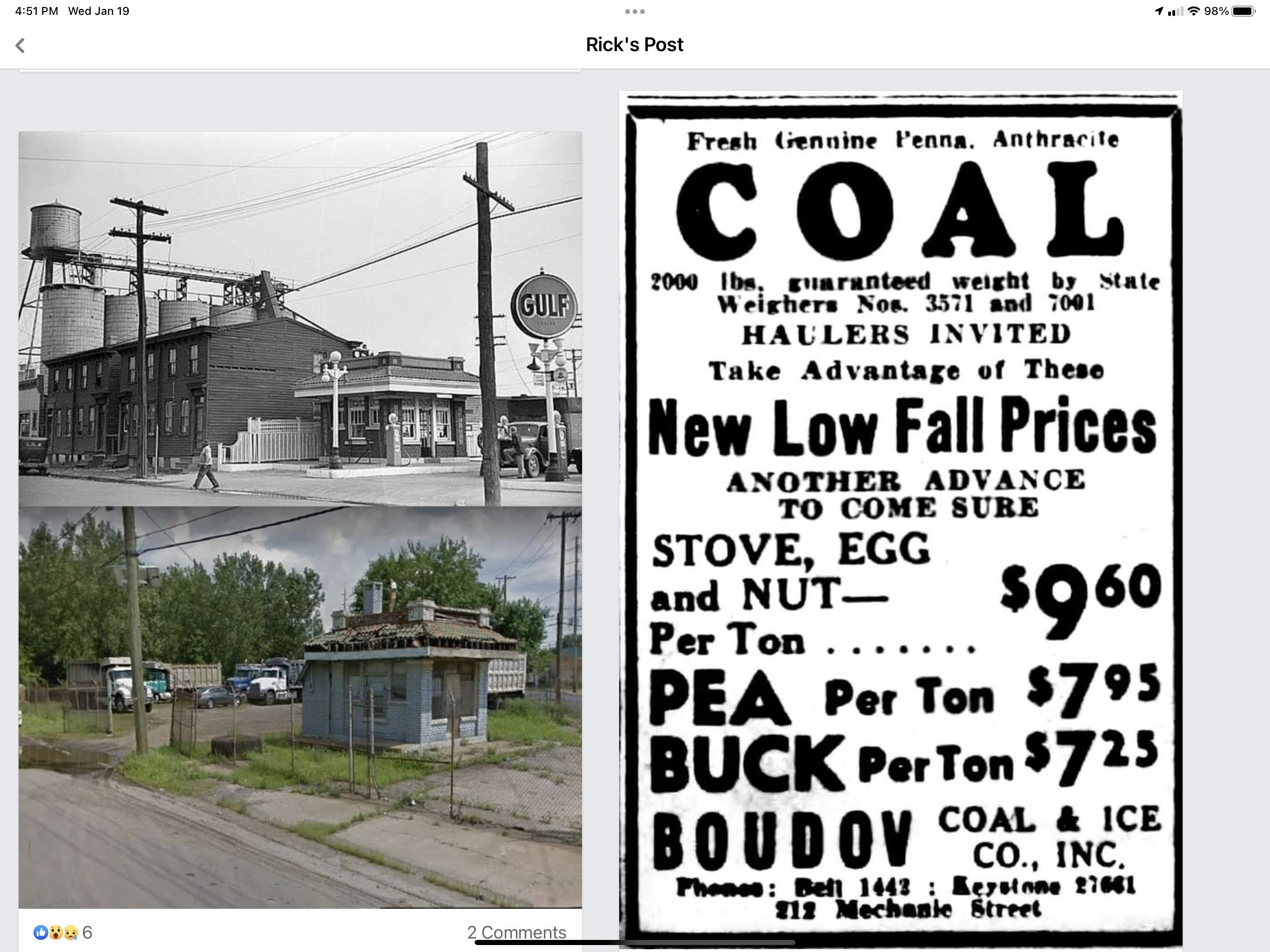
Oil tank sweeps in Delaware check for existing oil tanks that a prior or current owner hid evidence that the tank existed. Fact is natural gas did not beat oil as a fuel source until the 1980’s so you have a high probability that an oil tank was oi is present on most properties built before 1980.
In Pennsylvania we have people installing tanks in the 1980's and 1990’s. Tank search inspections protect both buyer and seller you from the liabilities of oil tank leaks and associated remediation which cost tens of thousands of dollars.

Since the 1990’s awareness of the liability of buried oil tanks has only increased. Oil tank sweeps are as routine as a home inspection or title insurance for home buyers. There are buyers, sellers and realtors who are not familiar with tanks weeps. For buyers and sellers it is a unique inspection and really only a term you would hear if you have been buying and selling real estate. Many realtors are parttime (Recent survey found the average realtor works 35 hours a week and sells 2 to 10 homes a year). It is also sad 90/10, 90% of homes sold by 10% of the realtors. You get a great many people in real estate that are not familiar with tank sweeps, and this can cause confusion with both buyers and sellers.
Fact During Covid-19, including lockdown, we did tank sweeps 5 days a week. Even with no inspection offers and bids over asking, buyers did not want to be liable for an oil tank cleanup.
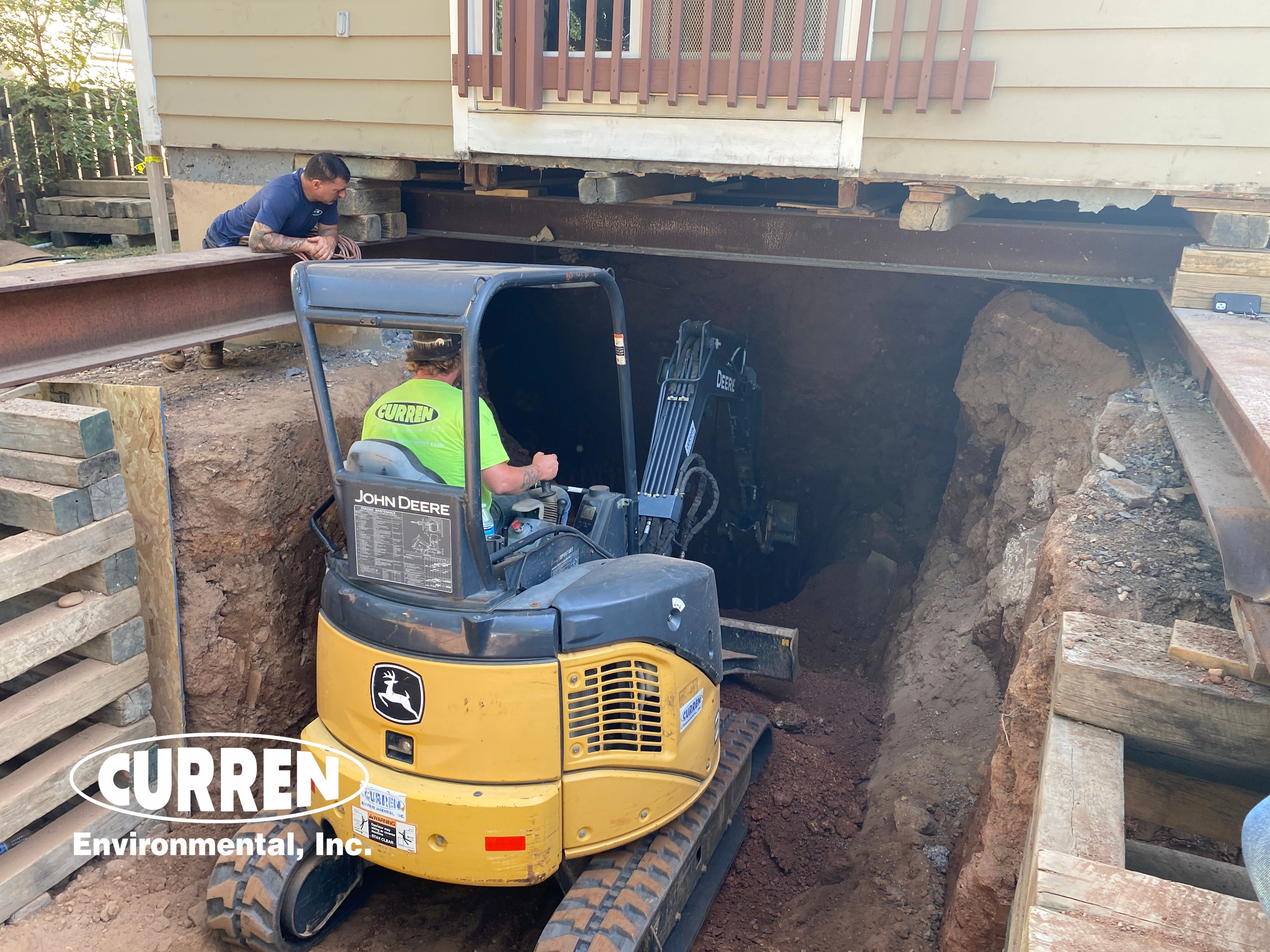
Why Perform an Oil Tank Sweep?
Because rust never sleeps, and every tank has to corrode which will evaluably happen and leak oil into the ground. You wouldn’t dump oil from your car on your property and the same goes for oil tank leaks, you wouldn’t do it and don’t want to pay for the cleanup.
Because people converted from oil to natural gas and this cost money tanks were commonly cut from the project budget. Many oil tanks were improperly abandoned or decommissioned throughout New Jersey, Delaware & Pennsylvania which has tanks in the ground and without the seller having any knowledge (gas may have been installed in 1990, three owners ago.
That is why it is so important that buyers perform the due diligence of an oil tank scan before it becomes their own problem to deal with after settlement. An oil tank removal can be expensive and soil contamination from a leaked oil tank can be even more costly – sometimes exceeding $50,000 in remediation costs. Even worse, most homeowner’s insurance policies specifically refuse coverage of any costs related to leaking oil tanks.
How Professional Oil Tank Sweeps & Sweep Inspections
Companies like Curren Environmental that are licensed in Delaware, New Jersey & Pennsylvania to remove tanks have a wealth of knowledge about how tanks are buried, located, sizes and what get put on top of them. Remove tens of thousands of tanks and you become an expert. When we find a tank you get a cost to remove the tank with the report.
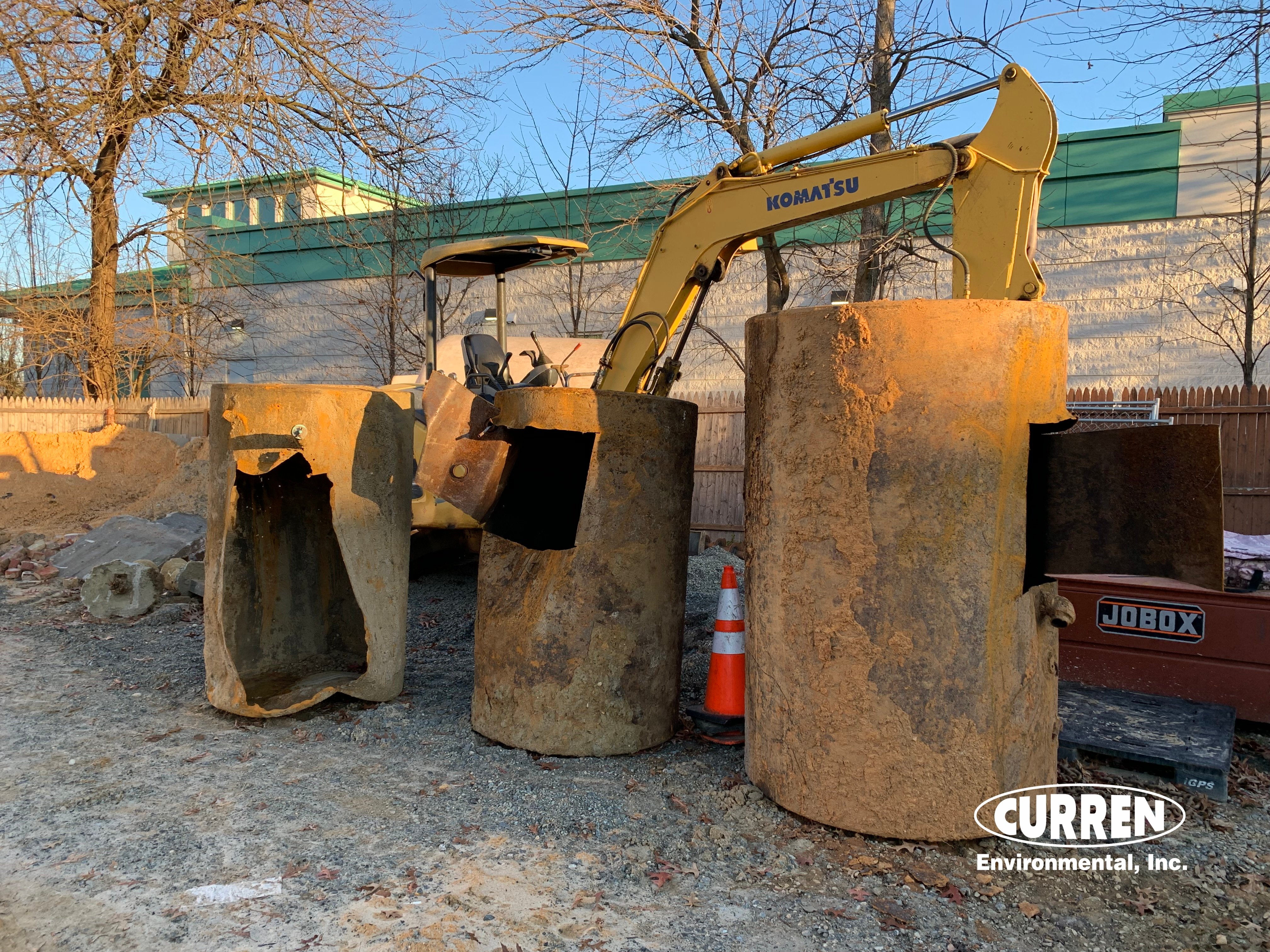
You utilize state of the art equipment like GPR (Ground Penetrating Radar) that can scan through concrete and asphalt and gives you a graphical image of the buried object. You also have a tool bag of other equipment that aids in the tank locating process.

You staff a team of people to perform the scan and you ensure all personnel have worked on tank removal projects for 5 years before they are allowed to complete a tank scan. That means yes you can't have any cars parked in the driveway on the day of the scan because tanks are sometimes buried under driveways (& patios).

Sometimes tanks have structures built over them.
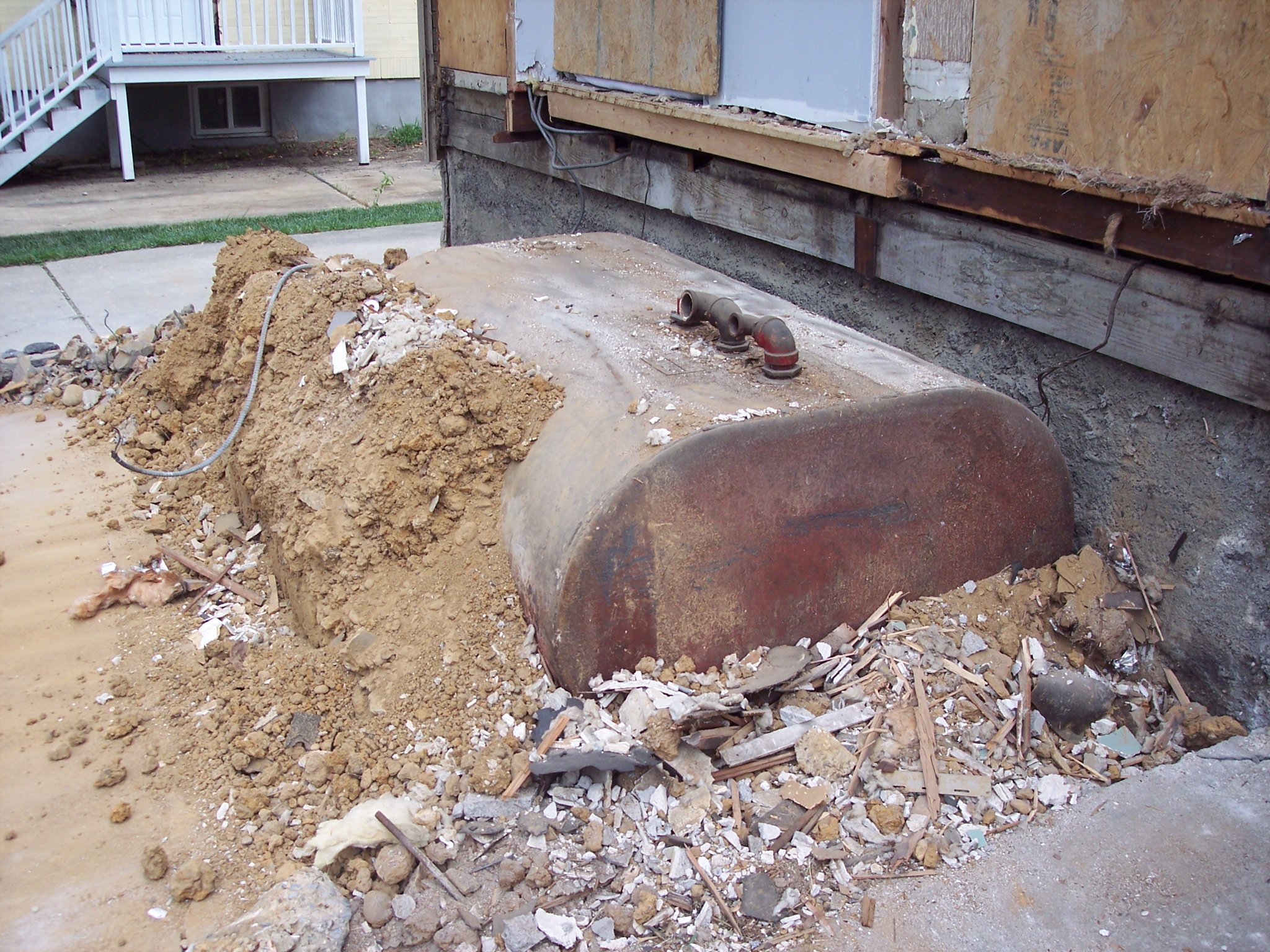
You do so many tank sweeps, both commercial and residential you can get them done within days of being contracted for the service, which makes you better at your job. Experience pays dividends.
Fact We find photos of our tank locating on other people’s web sites. True. I do not call these people competitors, amateurs is more appropriate.
Why do a tank sweep?
Because tank leaks can exceed $100,000.00
Whether you’re selling or buying a property it is prudent to do thorough due diligence and evaluate a property for an oil tank. Aside from a Covid-19 induced frenzied housing market, doing inspections of a home prior to purchase protects your financial interests prior to purchase. Home inspections do not include tank inspections. So if you are buying an older home, a tank sweep needs to be added to your inspection list. Know this:
- Early 1900's wood and coal were the dominant fuel sources
- Oil replaced coal with gusto after WWII.
The photo below is Sears Kenmore brand of appliances and low and behold, Kenmore made oil fired boilers.
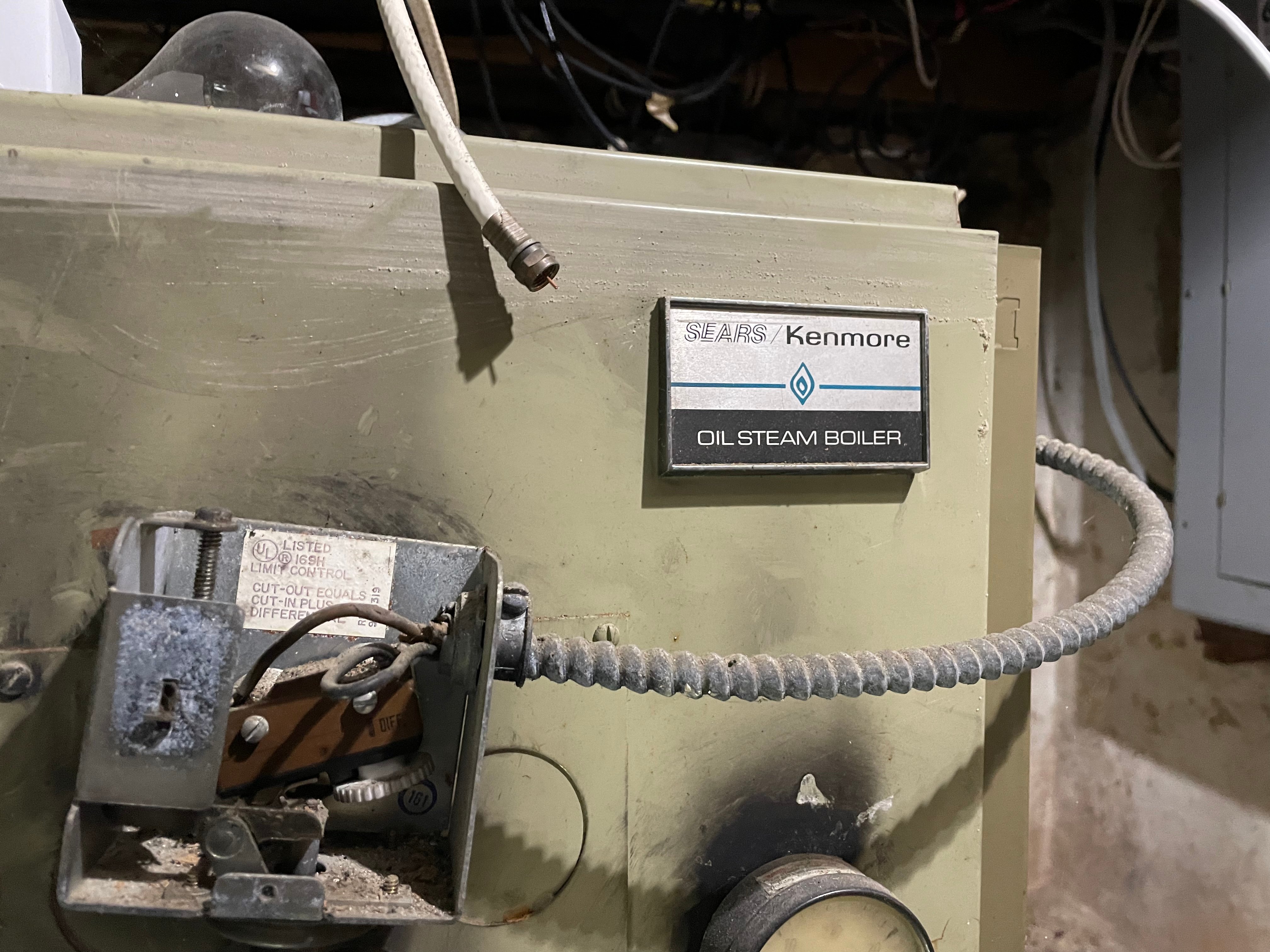
Gas while available to homes, was a monopoly and expensive, so the local fuel oil dealer who supported your local little league team and would ensure you always had oil in the tank was the preferred purveyor of energy. When natural gas was deregulated in the 1970's and oil prices shot up, gas started to become more appealing.
New homes were built with gas, but older homes also converted to gas, but it was expensive. To cut down on cost homeowners abandoned oil tanks. Remember buying a new furnace cost thousands, maybe you also replaced your hot water heater, not leaving much money in the budget to remove the tank.
Metal oil tanks were left in the ground to rust and leak oil. Todays environmental regulations require these tank leaks to be remediated.
The cleanup in the photo below was over a $100,000.
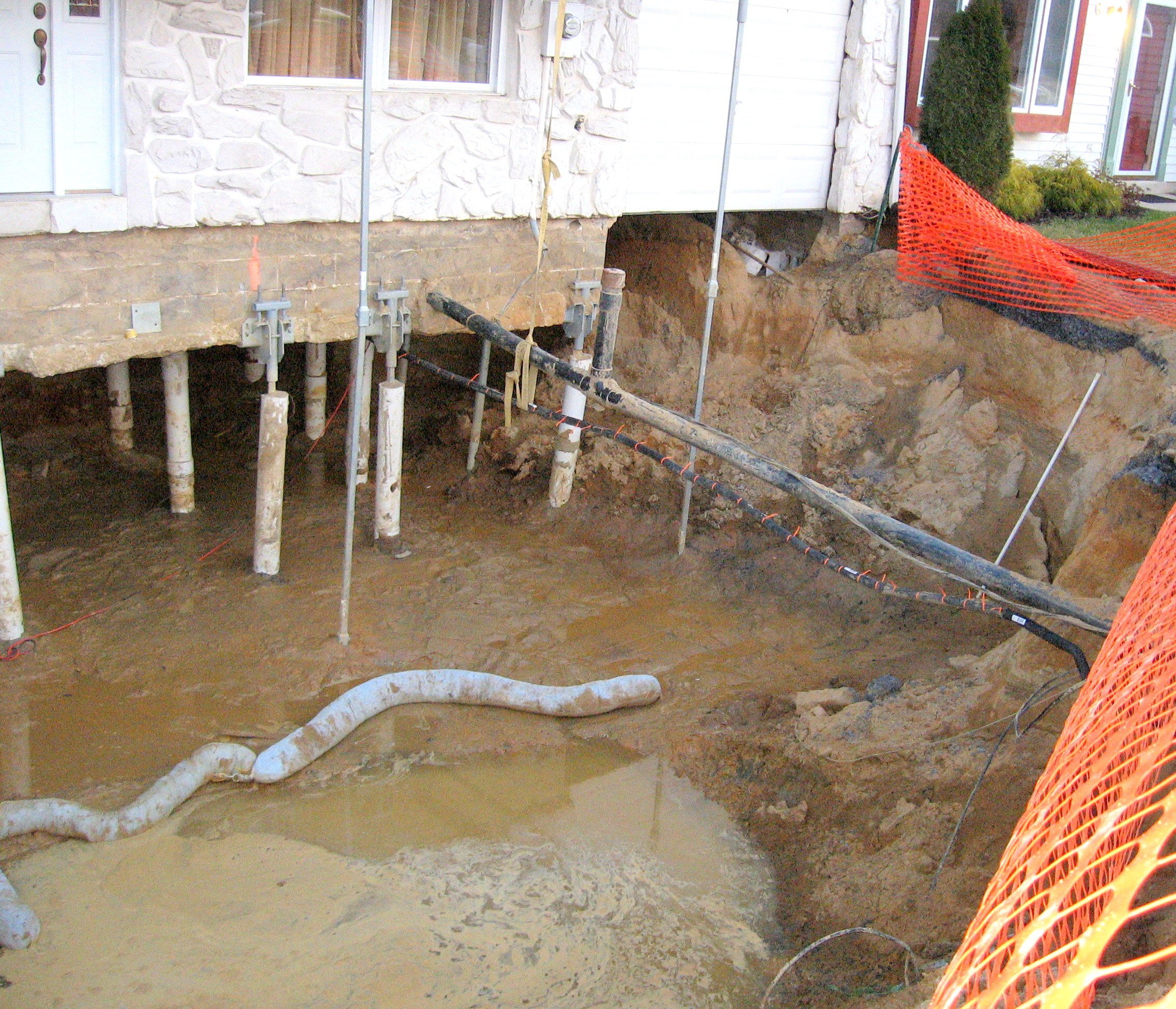
It goes without saying that older properties should have a tank sweep, because natural gas was expensive and oil was not up until the oil embargo and gas deregulation in the 1970’s. Although newer properties should have a tank sweep, because it is always possible they could have been constructed on a site that has a UST (Underground Storage Tank) that was not disclosed or ignored.
Many homes were heated using oil at one time or another, including ones that have gas service today. Some tanks have 2 tanks.
What Are Underground Storage Tanks (USTs)?
A UST, or Underground Storage Tank, is a tank that was once used to store heating oil that was used for heat and sometimes hot water. Oil replaced coal, which required shoveling.
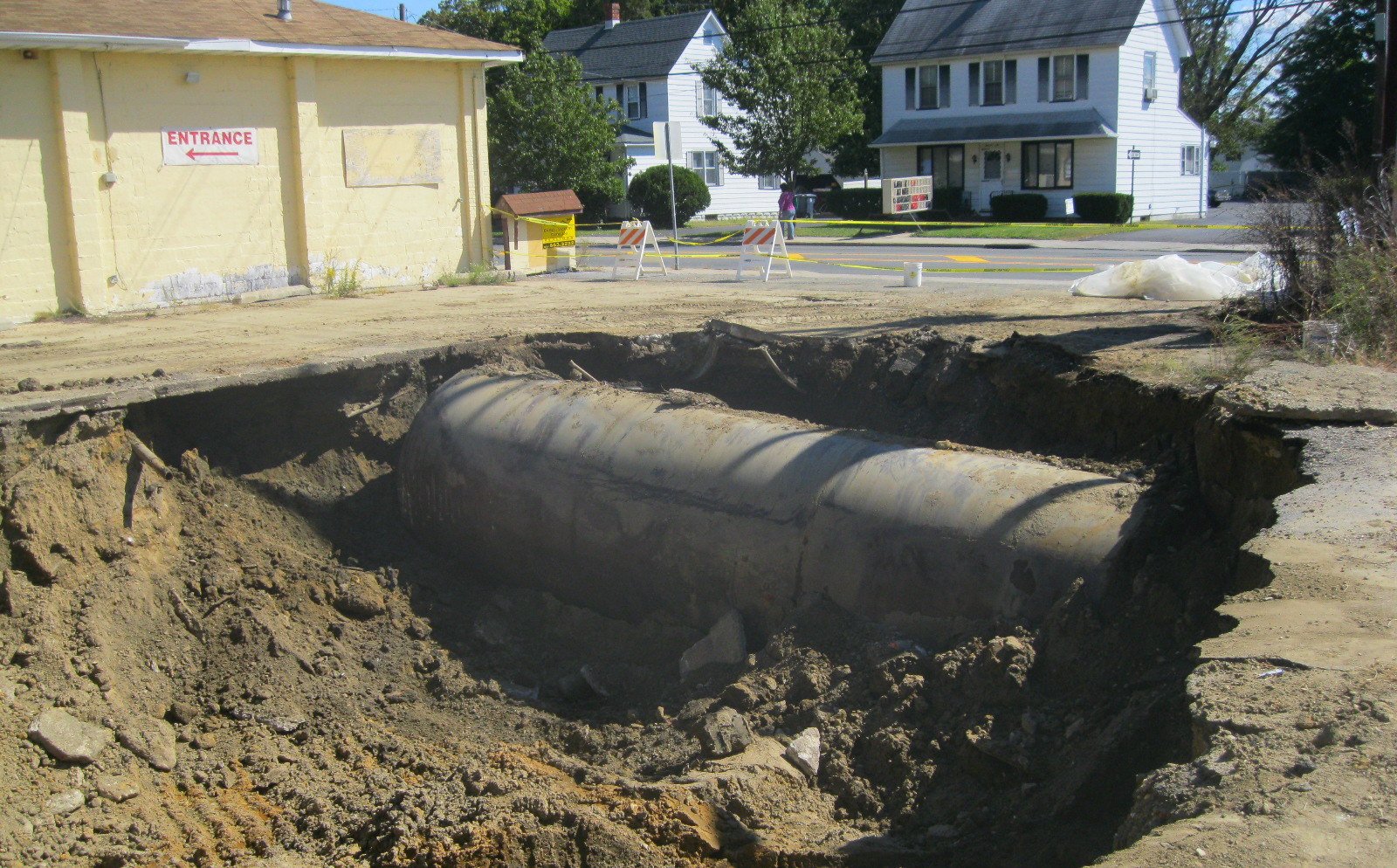
How do I Know If My Property Has A Hidden UST?
Since by their very name underground storage tanks are buried below ground. The average person does not have the experience or tools necessary to be able to tell if a tank is present on a property. You need an environmental company that does specific inspections for tanks. The service can be called a tank sweep or a geophysical survey. Tank sweeps are a specific inspection to look for evidence of prior oil heat.
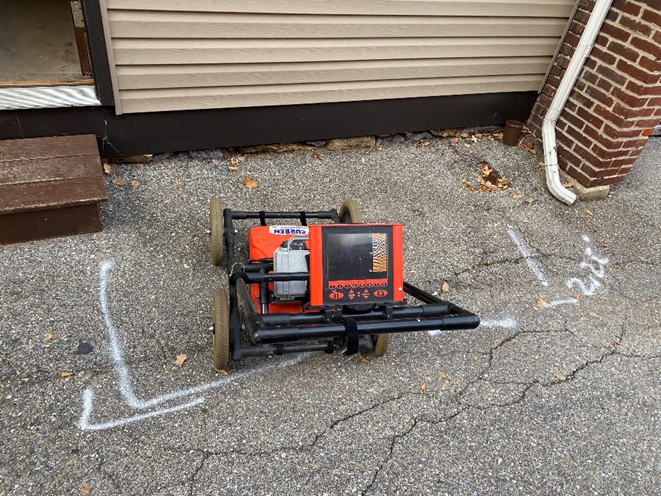
How Is A Tank Sweep performed?
First, the property is evaluated online for date of construction, to see it is viable to perform a sweep. meaning is there a reason why not to do the sweep.
Next you ensure that the owner is questioned regarding prior oil heat. This sounds simple, but if they removed a tank, we won’t find that tank. Although some properties have had 2 tanks. By asking the owner, you are also making public your concern about oil tanks, so if we find a tank they are not surprised that the tank needs to be removed and tested. We call this managing expectations.
Pro Tip:
We remove thousands of tanks a year and can provide costs for tank removal in conjunction with the tank sweep report.
Next is the physical inspection of the property, inside and out. A tank sweep will include visual evaluation, looking for clues as to prior oil heat. If you remove tanks, you are well trained regarding what to look for.
Aside from looking for evidence, high tech equipment is utilized to scan for tanks such as Ground Penetrating Radar (GPR) to scan the property.
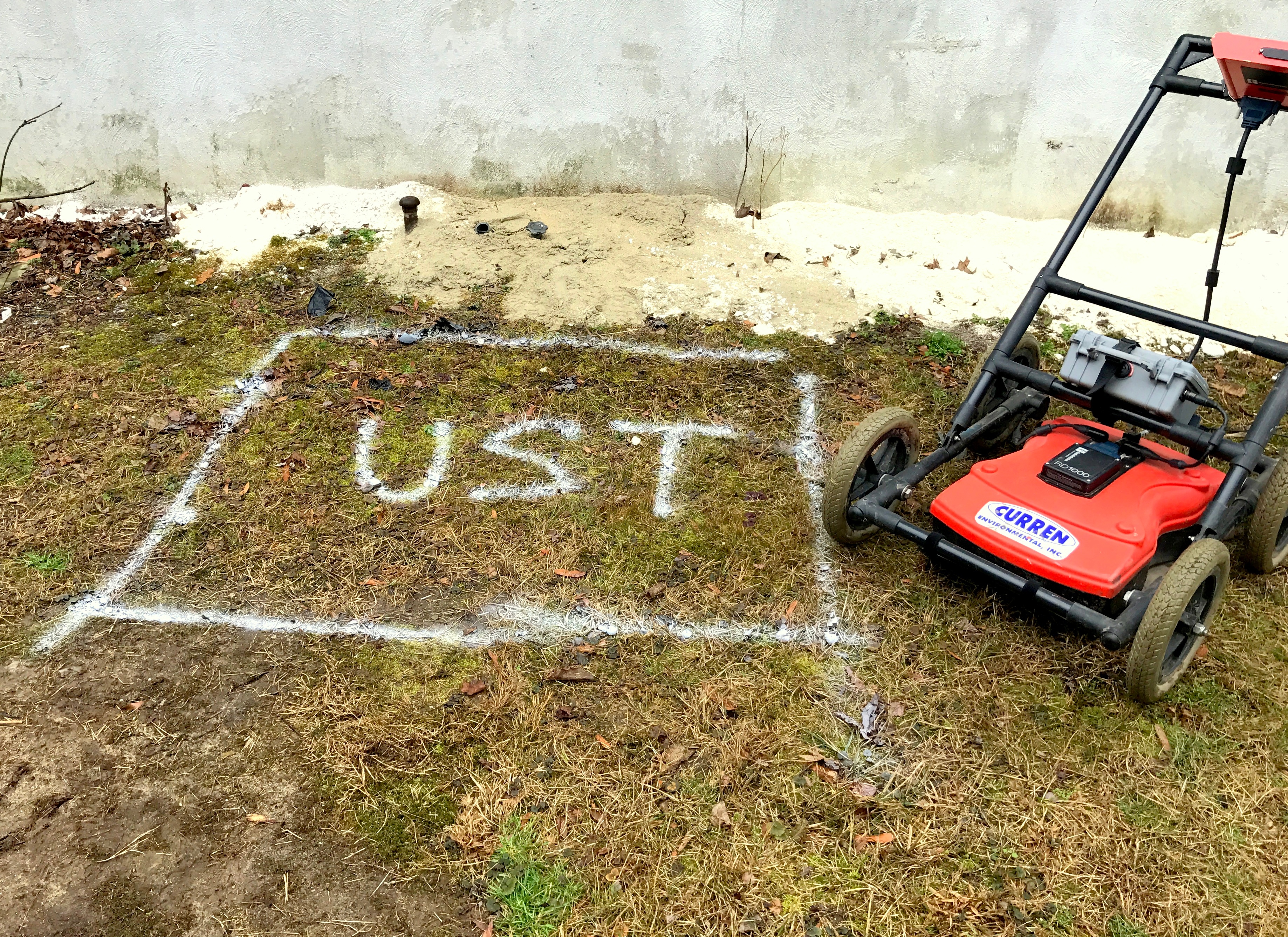
Who Should Pay for The Tank Sweep – The Buyer or The Seller?
If the home is being sold, a buyer will contract for a tank sweep, as part of their inspection of the property. (Due Diligence). Even during Covid-19, tank sweeps were completed, because the downside of a tank sweep can adversely affect the value of the property.
Call the Experts
888-301-1050
The photo below was about $90,000 worth of cleanup.
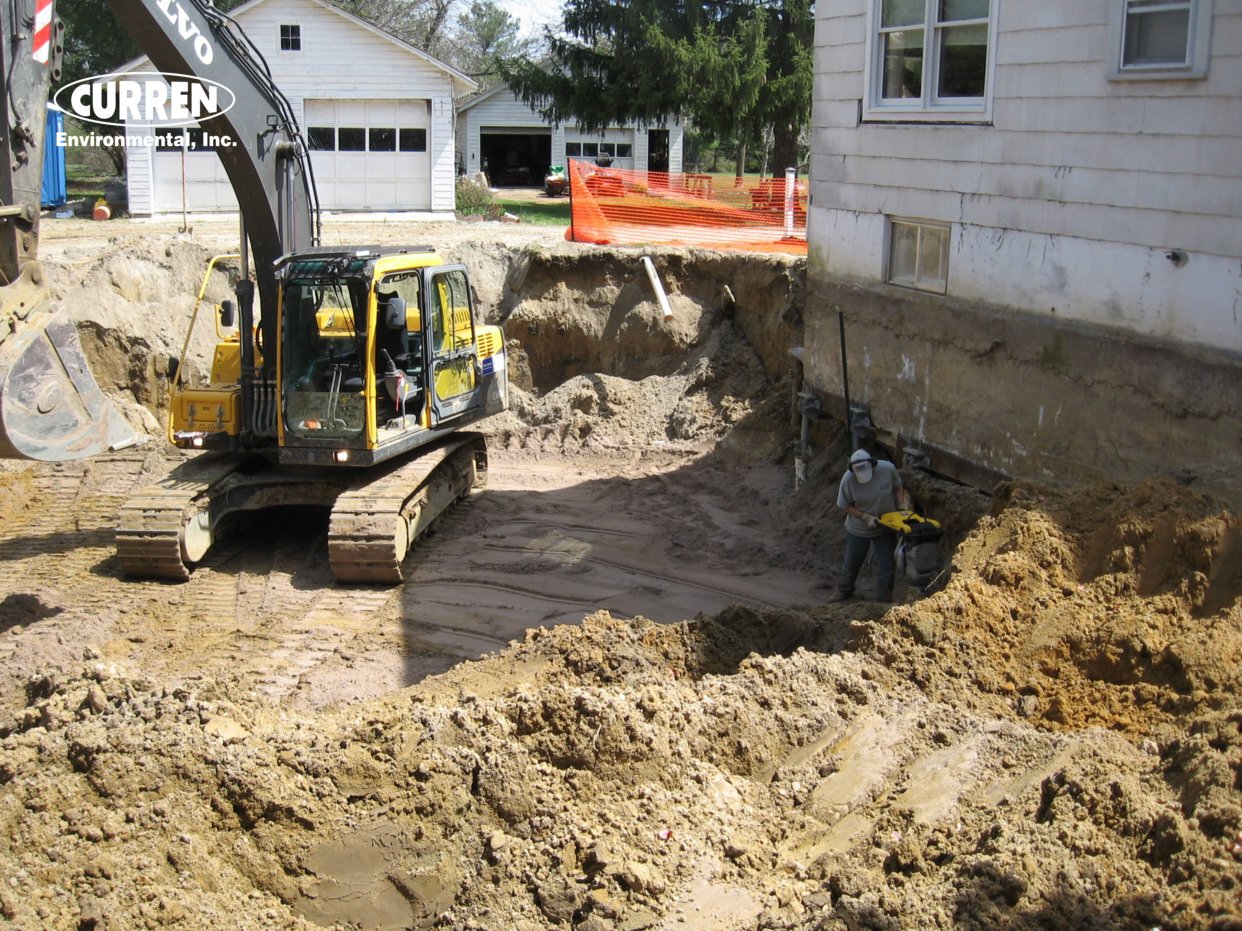
Some proactive homeowners will have a tank sweep performed before they sell, so they are not surprised during the buyers inspection. To be fair this is maybe 15% of clients, most people don't want to look for a problem, but there are many honest proactive people out there as well.
How Do I Prepare the property for a tank sweep?
You will need to ensure the technician can access basement (HVAC area) and no cars are parked in the driveway.
Boats, storage pods and such should not be present. In addition since sweeps typically scan a perimeter around the dwelling foundation, possessions should be pulled away from the dwelling foundation to allow equipment to scan.
What will happen If you find a tank?
If you find a tank it should be removed and tested to ensure no contamination is present above applicable standards. Levels above standard require remediation, which is the process of cleaning up the oil and is expensive.
If we find a tank should I back out of the contract?
No, don't walk away, there is no way to guarantee that the next home doesn't have a tank. Now we say this with the caveat that after you find the tank the seller will address the tank before settlement. Meaning removal and testing. If they are unwilling, well then you have to think hard about how much risk you are undertaking if you purchase the property.
What if you find a tank and the owner suddenly has documents about the tank being filled in place?
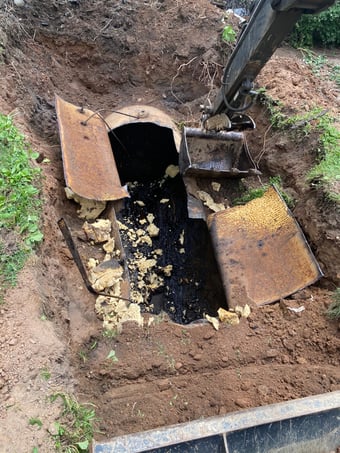
This is pretty common and the advice is always the same, unless you have a report documenting that the tank did not leak, you need to reverse engineer the prior tank work, by removing the tank and testing the ground.
It is also VERY common owners do not disclosure their knowledge of an oil tank because they don't want you to find a problem. I would say every 17th scan when we find a tank the owner. The other day we found a 1000-gallon UST. Seller's realtor suddenly has phone number to the PRIO owner, calls him and he admits yep tank behind house EPA came out all good, no paperwork. EPA NEVER comes out on residential sites, never, so you know what he said was not true and with no documentation well I have to assume the tank is leaking because there is no hard evidence to say otherwise. It's the safest approach.
Pro Tip: many filled in tanks were not cleaned of oil and leaked post closure.
What if you discover that a tank was present, but has since been removed?
Well the concern is if the tank leaked. Sans a report documenting the tank was removed and tested, you are now tasked with testing the former tank location. This is not as easy as it sounds because you likely do not know the exact footprint of the removed tank so you end up having to drill rows of borings to evaluate the area and hopefully find the tank area. Not much different than finding a knitting needle in a hay stack.
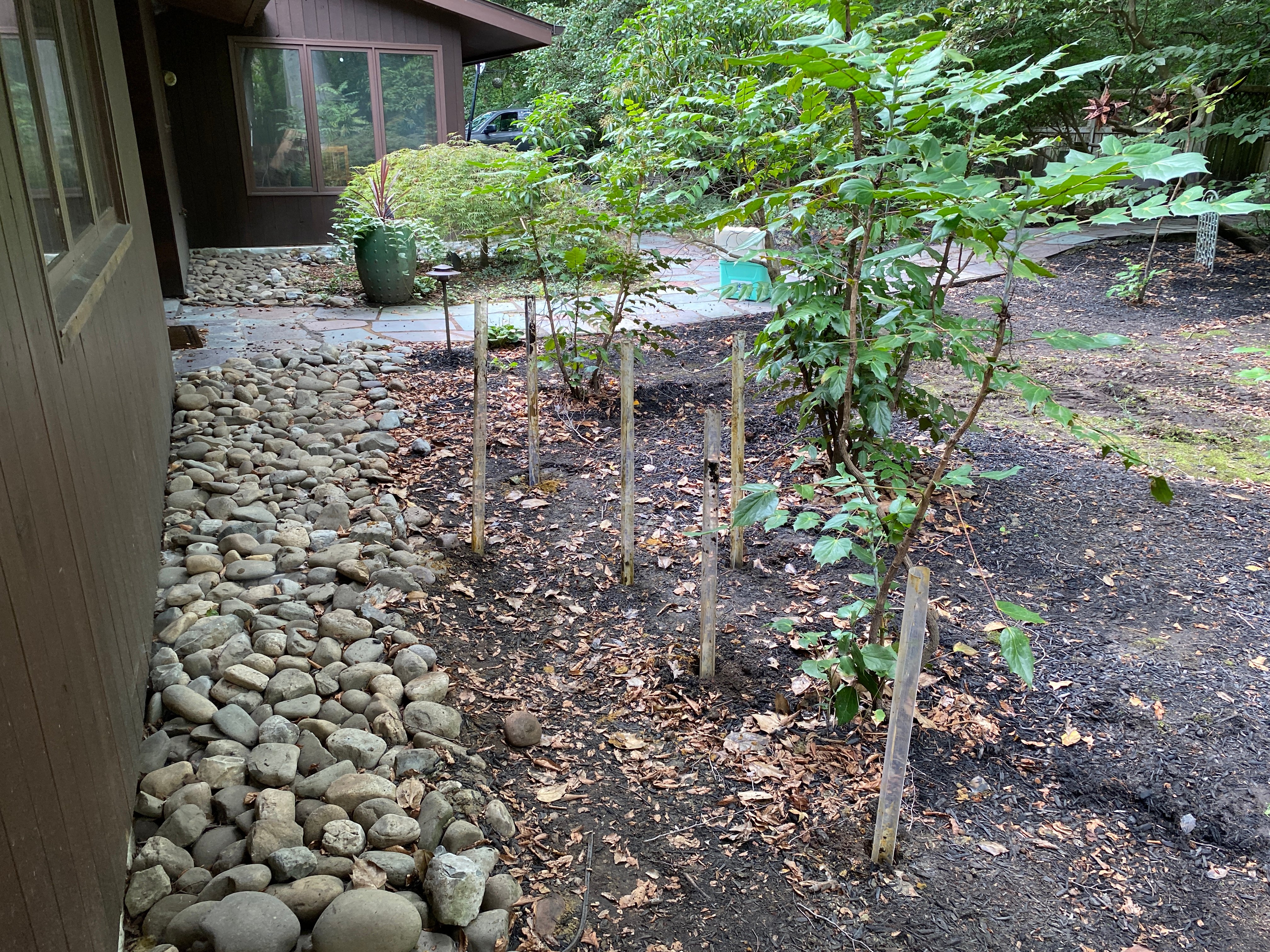
Pro Tip: You do the borings so you don't end up with a cleanup in the photo below which cost just over 30k
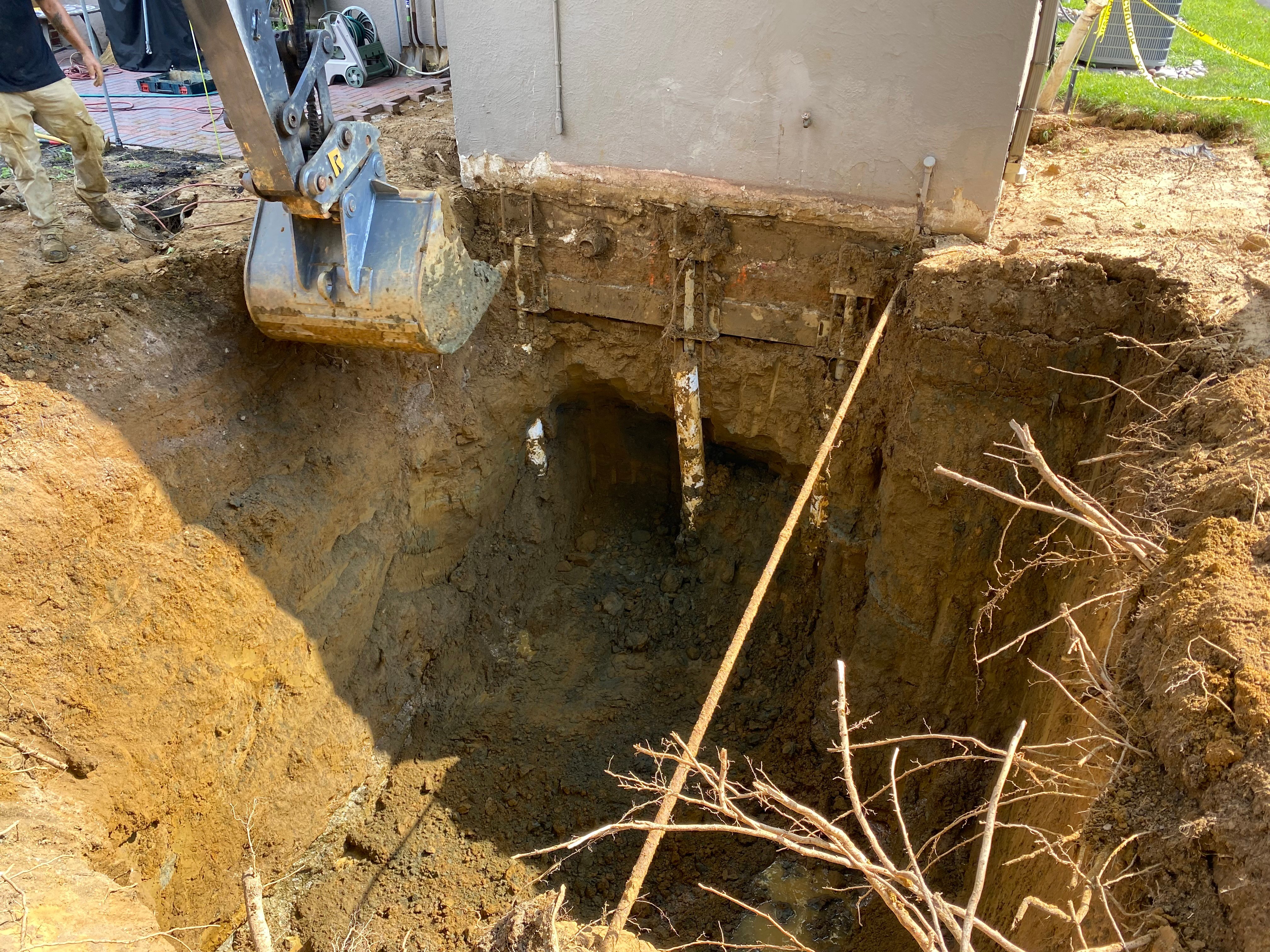
What if the owner of the property had a tank sweep?
Ask for a copy of the report, we often find this situation and better than 70% of the time there is no report of the tank sweep or the document they have is inferior. By inferior means, they used a metal detector, which is not sufficient to scan a property for a tank, or the report is vague.
Is a metal detector sufficient to do a tank sweep?
You would never simple rely on a metal detector on a commercial site to scan for a tank, so why would it be sufficient for a residence? It wouldn't, because it would not be thorough. Metal detectors are no discriminatory, meaning they can detect all sorts of metal, which can cloud the results of a tanks weep. Meaning you may have wire mesh in concrete and a tank buried under the concrete. Well the metal detector cannot separate the two metal signatures.
GPR can give you a visual image, such as the one below.
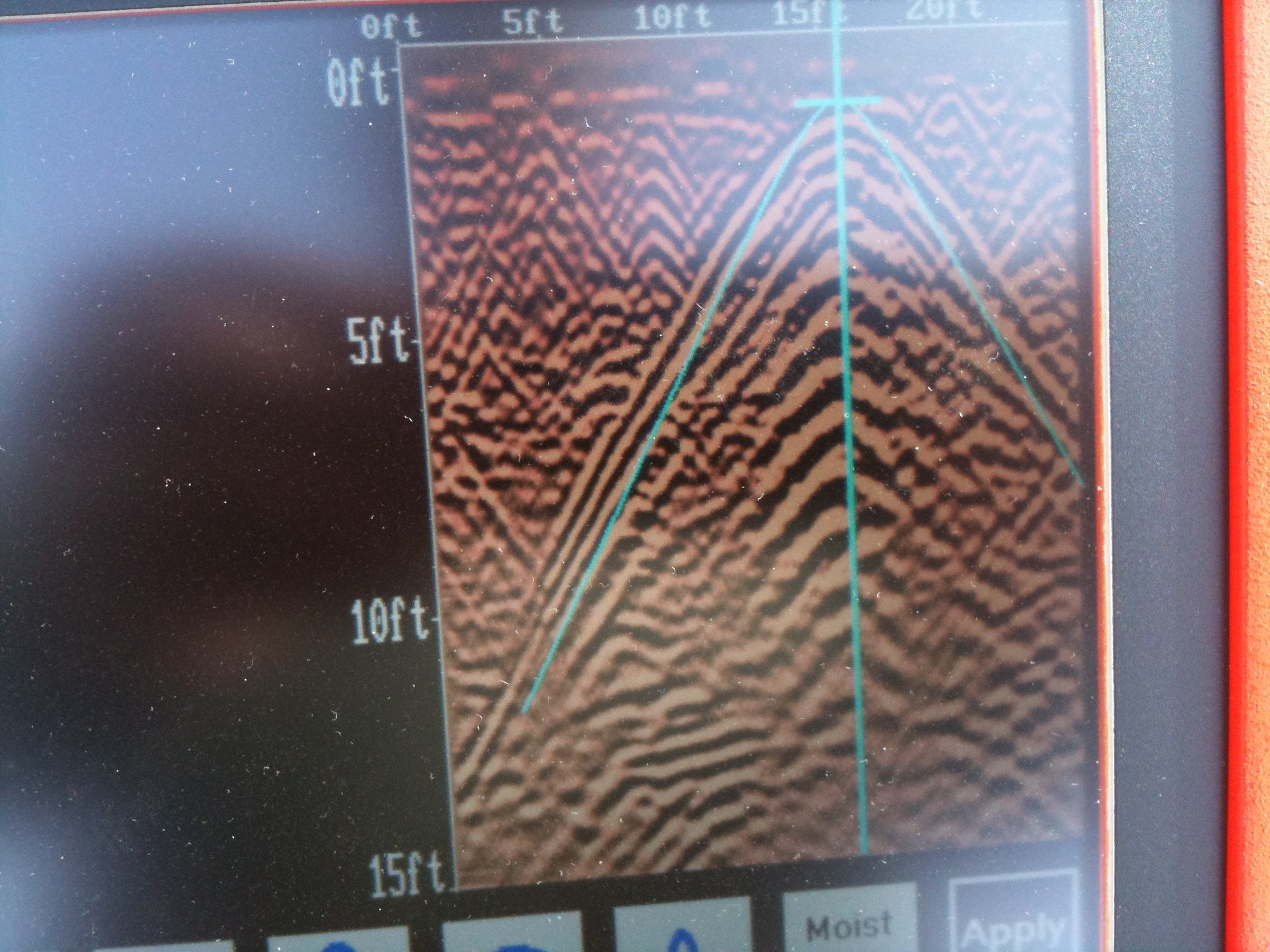
Will a tank sweep identify the possibility of a previous oil tank that might have been removed?
Bottom line tank sweeps are meant to find intact vessels (tanks). That said we have removed tens of thousands of tanks and have seen a broad spectrum of tank installations, so to say we are experienced would be putting things light. It is not all uncommon that our technicians will find historical markers of oil usage and this will be flagged out in the report. These markers can usually point to a general area where a tank was removed and would lead to the recommendation that soil borings be completed, as we referenced in an earlier questions.
We should also note we can find indicators of a prior tank and where that tank was may not sit an addition, garage, deck, patio, hot tub, sun room, shed, etc., again we see so many sites nothing is really that unusual.
Need a tank Sweep
888-301-1050
